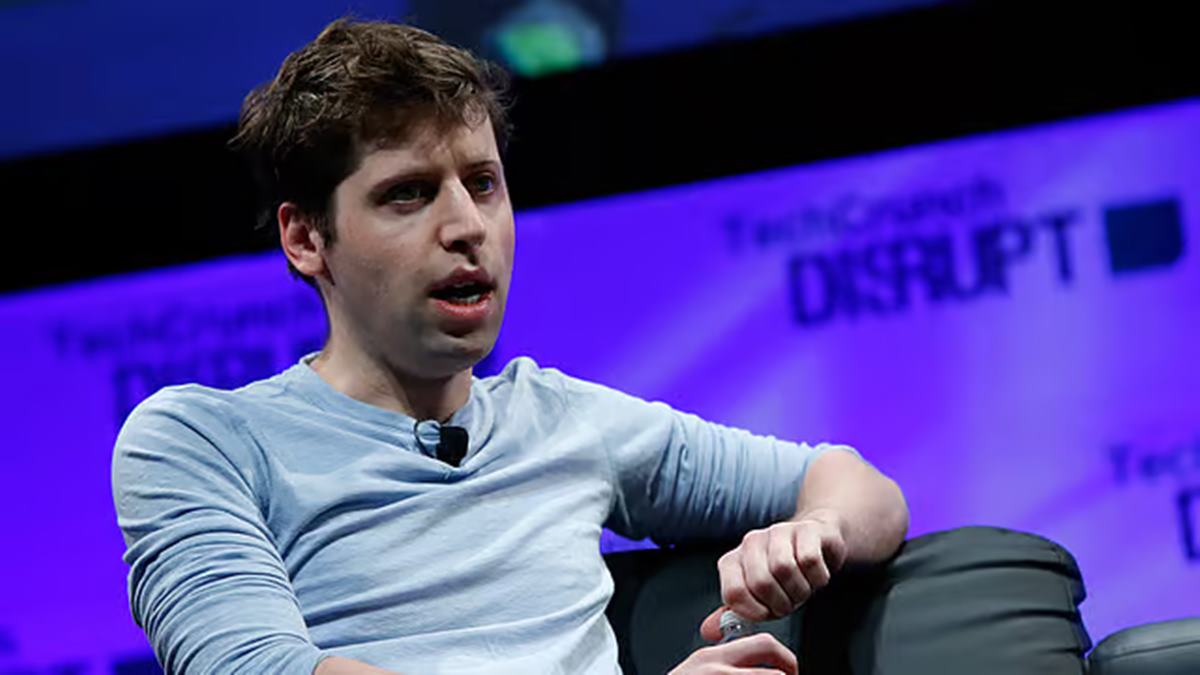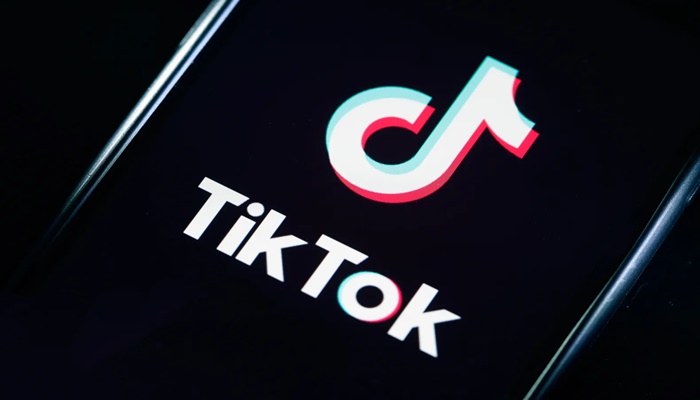The world is more connected than at any time in its vast history. Businesses have felt the need to adapt quickly and discard rigid philosophies. Multiple success stories have pointed to the benefits reaped by brands that innovated and developed an agile approach. These are still taught in business schools around the world.Throughout my long tenure, which is continuing, I have found culture is the core around which any effective leadership and functional brand operates. Developing an organisational culture is vital, and while it takes time, it does lay the foundation of effective leadership.
Managing global businesses requires much more than just strategic thinking – it requires humility, empathy, and an increasingly essential factor in today’s multicultural teams: cultural fluency. Leaders can collaborate across time zones and overcome language barriers, but creating a culture where differences are not only tolerated but celebrated should be the aim.
Being sensitive to the local culture is a prerequisite, based on my decade-plus experience in Jakarta, Indonesia and during my short stint in Milan, Italy, where I was posted as an Interim Finance Controller, plus consulting in locations like Moscow, Shanghai, Beijing, Manila and Johannesburg. When we embrace diversity, we make a safe space where our team members and colleagues can be empowered to innovate and show their creative side.
Trust is built through understanding
In traditional leadership models, authority is gained through position and control. In a global team, however, trust is not earned automatically but through understanding and adapting to local culture. Early on in my leadership journey, I had assumed clear directives and structured processes were good enough to align the team. However, the motivating factors for a team vary across cultures.
● In some cultures, direct and concise communication is valued and understood, while in others, an indirect, relationship-first approach through sheer politeness is needed.
Some team members would crave public recognition, while others would actively avoid it like what my Indonesian colleagues did.● Decision-making has also changed, and many teams these days prefer collaborative processes yet remain silent about their share of contribution.
I quickly learned that trust is built more when leaders adapt their style rather than wait for the opposite to happen. Instead of imposing my cultural norms, I started asking critical questions:
● How does someone prefer to receive feedback?
● What constitutes respect in my present work environment?
● What barriers do people face in expressing their ideas?
By actively listening and thinking of purely leading second, I saw a dramatic improvement in engagement and morale. Intercultural training is part of our Mobility programme for our International assignees to ensure their tenure is smooth and successful.
Communication is more than a language
One miscommunication that I have often encountered about leading diverse teams is that fluency in multiple languages mean being effective in communicating. But as time has passed, I have understood that true communication goes deeper – it is also about tone, context, body language and cultural nuance. I have found that in low-context countries like the US or Germany, messages are usually explicit and direct. In high-context cultures like Indonesia, Japan or India, non-verbal cues and relationships are important.
Bridging communication gaps
● Encouraging multiple communication channels
● Clarifying intentions to ensure transparency and encouraging intercultural training
● Normalising asking for clarifications and encouraging curiosity
Flexibility is the new superpower
Rigid leadership fails in diverse environments. The best leaders adapt their style of functioning without losing sight of their core values. I once had the chance to lead a project that had strict deadlines, and while implementing rigid timelines is critical, maintaining relationships is often more urgent. Instead of adding to the pressure, I adopted an alternative approach:
● Providing flexible deadlines, when possible, by seeking an extension from higher-ups
● Building rapport through more one-to-one check-ins
● Empathetically communicating when timelines were very tight
I found that following them markedly improved productivity and, even more important, trust. For any leader looking to do the same, the answer lies in observing before enforcing, allowing for different working styles, and being open to hybrid approaches.
Diversity of thought & shared values
Homogeneous teams often become echo chambers of ideas. Diverse teams, when well-led, can challenge entrenched assumptions and spark creativity. When planning marketing campaigns, it is critical to consider local sensitivities. Diverse viewpoints also identify potential pitfalls quickly. A strong team culture is not about making everyone the same, but it is about aligning shared values while honouring differences. It is about respecting all perspectives, committing to team goals, and promoting continuous learning.
Conclusion
Managing diverse teams has taught me that cultural difference is not a barrier but an accelerator. The business leaders who stay at the top don’t merely tolerate differences but leverage them for stronger trust, communication, and innovation. The future of business leadership is not about control but rather about connection. It is about leading with curiosity over assumptions and inspiring teams rather than just managing them. To embrace cultural diversity in leadership, one must start small, actively listen, and watch how teams transform and be willing to accommodate the nuances.




















